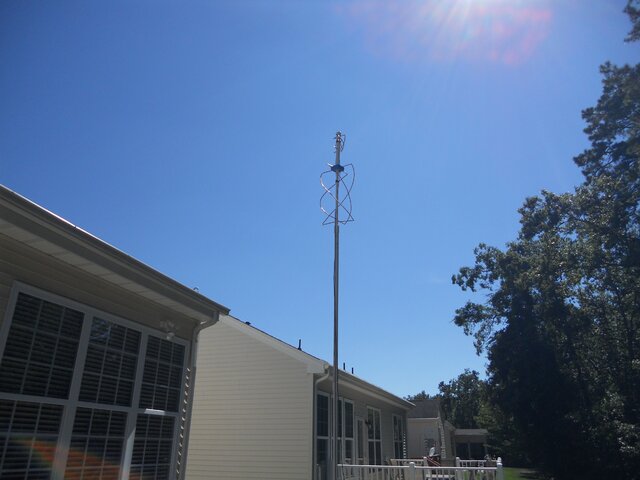There are a couple of ISM (Industrial, Scientific, Medical) bands inhabited by low power wireless devices such as wireless car keys, remote weather stations, wireless wall switches, etc. One in use in the USA is the 433 - 434 MHz band. You probably have some device at home using this band.
Hooked up my dongle (okay.......my RTL-SDR dongle that is) to a dual-band ham antenna (2m/70cm) located high atop a building where I work and let it run for a while to "see" what signals were being transmitted from wireless devices. Even though they are low power, the dongle detected some strong, some weak ones.
See attached waterfall. Interesting stuff.
I hope my boss is not reading this......
Hooked up my dongle (okay.......my RTL-SDR dongle that is) to a dual-band ham antenna (2m/70cm) located high atop a building where I work and let it run for a while to "see" what signals were being transmitted from wireless devices. Even though they are low power, the dongle detected some strong, some weak ones.
See attached waterfall. Interesting stuff.
I hope my boss is not reading this......




